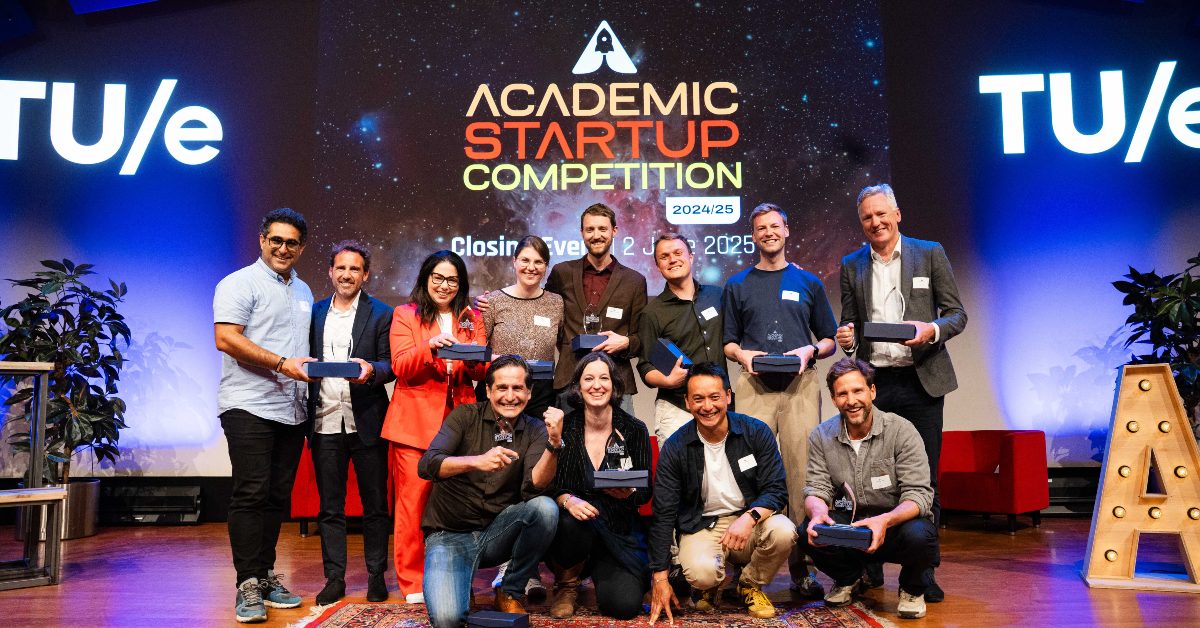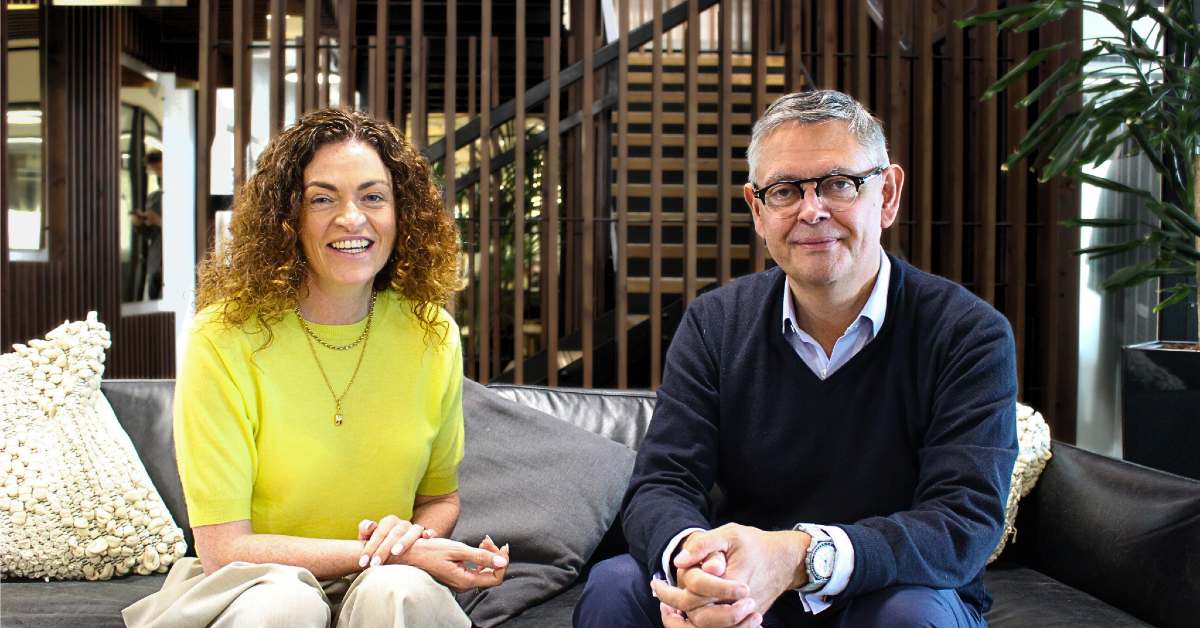In the ever-evolving world of sales, companies constantly seek innovative ways to streamline their processes and reduce costs.
Enter AiSDR, a Ukrainian-founded startup that has raised $3M (approximately €2.7M) in funding to develop an AI-powered tool designed to replace human sales development representatives (SDRs).
The funding round saw participation from Y Combinator, Rebel Fund, SID Venture Partners, Pioneer Fund, Rahul Mehta (managing partner at DST Global), SCM Advisors, Bluepointe Ventures, Matt MacInnis (COO of Rippling), Flyer One Ventures, Terrence Rohan (investor in Figma, Notion), and Nick Bilogorskiy (managing partner at 408 Ventures).
Funding utilisation and plans
The capital infusion will enable AiSDR to enhance its messaging capabilities further, introduce self-onboarding features, and develop new functionalities.
Additionally, the company aims to be a single platform for prospect outreach, providing leads, monitoring domain health, and designing and performing email campaigns.
The startup plans to expand its engineering team to bolster product development and achieve a target of $2M (approximately €1.8M) in ARR within 12 months.
The company is experiencing an average monthly revenue growth rate of 65 per cent.
With the promise of saving businesses up to 90 per cent on costs, AiSDR aims to revolutionise the sales industry by leveraging the power of artificial intelligence.
The birth of AiSDR
The founders of AiSDR, Yuriy and Oleg Zaremba, deeply understand the challenges faced by sales development representatives.
With six years of experience leading sales at AXDRAFT and Onit, Yuriy constantly sought ways to enhance the efficiency of SDRs.
During this time, the idea of entrusting AI with the task of qualifying leads began to take shape.
“I tried using ChatGPT to write emails, but GPT-2 and 3 weren’t very good. When GPT-4 came out, I saw a big improvement in the quality of the emails. I tried running a whole campaign with emails written by GPT4, and the response rate was just as good as if a human sales rep had written them,” says Yuriy Zaremba.
Seeing the potential of this technology, Yuriy teamed up with his tech-savvy brother, Oleg, and AiSDR was born.
The power of AI in sales
AiSDR’s AI-powered tool is designed to automate tasks typically performed by human SDRs.
The software analyses a client’s website to develop an ideal customer profile and communication style, enabling personalised and targeted outreach.
By leveraging AI, AiSDR can craft emails, respond to inquiries, handle rejections, and even schedule live meetings, all while maintaining a natural and human-like communication style.
One of the key advantages of AI over human SDRs is its ability to operate around the clock.
While human SDRs are limited by sleep and meetings, AI-powered solutions like AiSDR are available 24/7, ensuring timely responses and maximising the conversion rate.
“AI never sleeps or has meetings, so it’s always available. And it responds within 10 minutes when the conversion rate is highest. People take time to train, but AiSDR can be set up in a day with our team’s help,” says Zaremba.
Additionally, AI’s lack of emotions eliminates the frustration caused by rejected emails, allowing for a more objective and efficient outreach process.
Addressing job displacement concerns
Introducing AI-powered solutions in the sales industry understandably raises concerns about potential job displacement.
However, Zaremba believes that AI will not eliminate jobs but enhance them.
“By automating appointment scheduling, AiSDR allows human SDRs to spend their time on more important and rewarding aspects of their role,” he explains.
“The integration of AI in sales processes empowers sales teams to be more efficient and productive, ultimately leading to better job opportunities and higher job satisfaction,” he adds.
Success stories and feedback
Since its public launch in August 2023, AiSDR has already significantly impacted the sales industry.
With over 30 clients and over 200 demos booked within a week of its launch, AiSDR has proven its effectiveness and value to businesses.
AiSDR clients have used this tool to communicate with potential customers from Goldman Sachs, Nike, PepsiCo, Nestle, and other big companies..
Feedback from AiSDR’s clients has been overwhelmingly positive.
“AiSDR consistently gets a response rate of over 5 per cent, similar to human outreach,” adds Zaremba.
Differentiating AiSDR from others
AiSDR’s focus on buyer personas and value-driven communication sets it apart from other sales optimization tools.
“With our extensive sales experience, we know the importance of targeted and value-driven communication. AiSDR is designed to understand your ideal customer profile and send personalised messages. Most similar marketing tools send very generic messages,” reveals Zaremba.
This comprehensive approach allows businesses to save up to 90 per cent on SDR costs. At the same time, AiSDR takes care of lead scoring, content delivery, nurturing, follow-up, and objections in a personalised and efficient manner.
Expansion and global reach
While most of AiSDR’s clients are currently based in the United States, the company plans to expand into other countries.
AiSDR has acquired customers in Germany, Denmark, and the United Kingdom, with its software supporting multiple languages.
“While most of our clients are currently from the US, we plan to expand to other countries in the future,” he says.
The human touch in sales
While AiSDR leverages AI to automate various sales processes, it is important to note that the ultimate decision-making still rests with humans.
According to Zaremba, integrating AI in sales processes is not meant to replace the human touch but rather to enhance it, allowing sales reps to focus on building meaningful relationships and providing value to their customers.
The future
“Currently, AiSDR focuses on crafting personalised emails based on a client’s uploaded database. Soon, we’ll be releasing a tool that identifies potential customers on LinkedIn, allowing AiSDR to pinpoint individuals to connect with,” he states.
“Our next goal is to expand into multiple channels, reaching out to people via calls, LinkedIn, and messages. This multi-channel approach will provide valuable data on what resonates with potential customers, which communication channels work best, and even which email subject lines work best. We’ll use all of this data to make our AI better,” he concludes.










01
These are the top UK-based PR agencies for startups and scale-ups in 2025